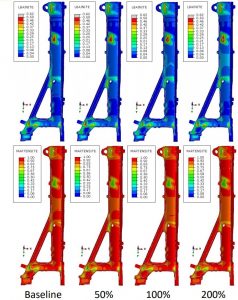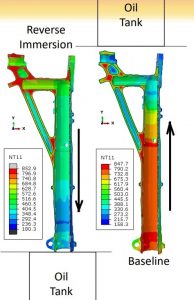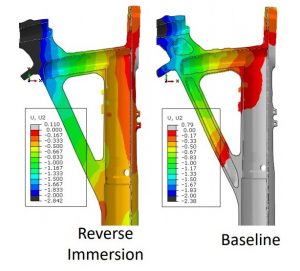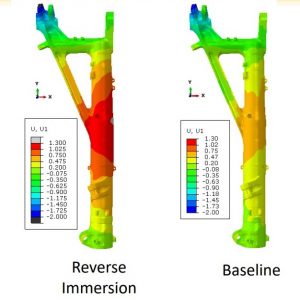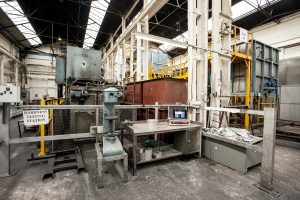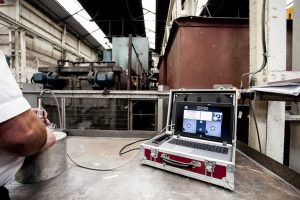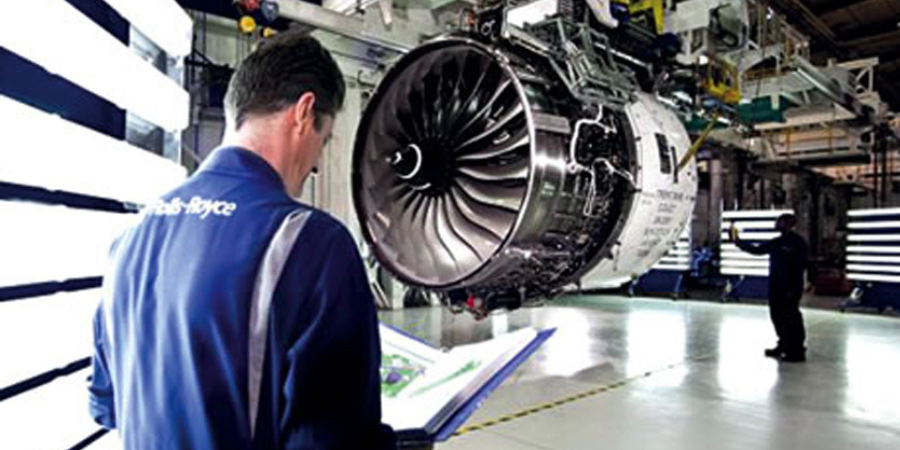Metals Group Merges Steel, Engineering, Mining Operations
A metals and industrial group was recently approved to add seven steel plants to their planned merger, combining steel, engineering, and mining businesses into a single international presence.
Following recent EU approval for Liberty to acquire seven major European steel plants from global steel and mining company, ArcelorMittal, the GFG Alliance has announced intentions to integrate most of its Liberty steel, engineering and mining businesses into a single global entity, spanning assets across the UK, Europe and Australia.

The consolidated business will include all of the UK steel and engineering assets, the integrated Australian Liberty primary steelworks in Whyalla, a number of high-quality Australian iron ore and metallurgical coal mines, and, once completed, the seven European steel plants being acquired from ArcelorMittal. This merged new group would exclude GFG’s recycling and building products businesses in Australia and the U.S.
Currently these businesses exist separately within the GFG Alliance but they hope the planned merger and integration will allow Liberty to gain a more prominent position in the international market.

“We look forward to leveraging Liberty steel and mining’s integrated supply chain to create further value,” said Sanjeev Gupta, Executive Chairman of the GFG Alliance. “The business will combine Liberty’s integrated steelworks in Whyalla and its ambitious Australian iron ore and coking coal mining businesses, with Liberty House Group assets in the UK and the planned acquisition of the ArcelorMittal European manufacturing facilities.”
The business plans to internationally ship iron ore, coking coal, and semi-finished product from Australia to its manufacturing plants and mills.
Liberty is known in the UK as a steel producer and an engineering components supplier to the automotive, aviation, defense and renewable energy sectors, while Liberty Primary Steel in Australia produces rail and structural steel for the growing infrastructure and building industries.
Metals Group Merges Steel, Engineering, Mining Operations Read More »









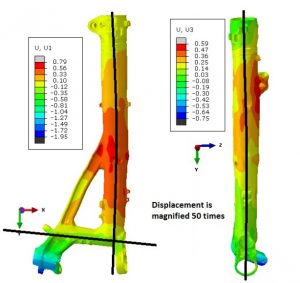
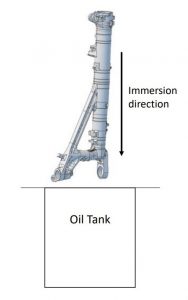
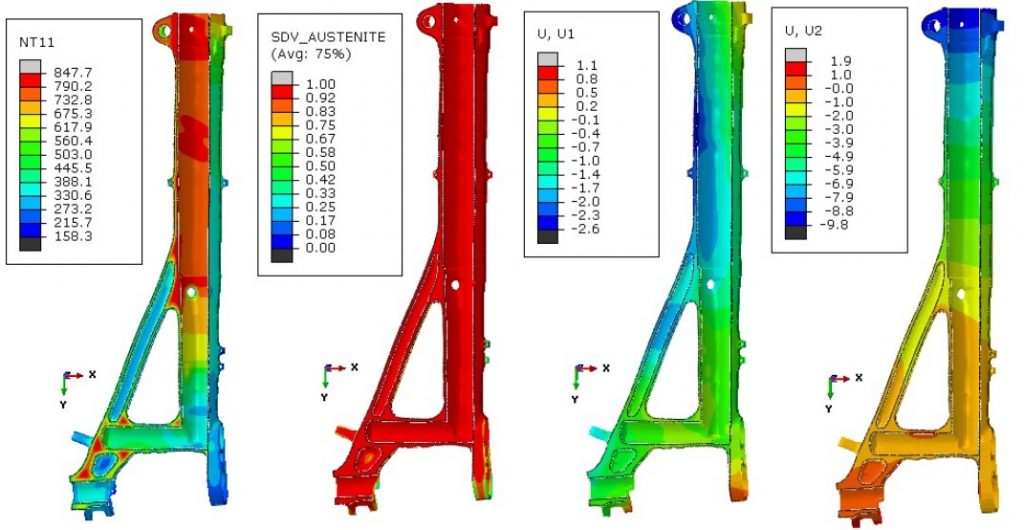
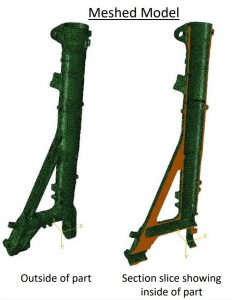
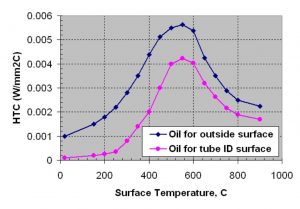
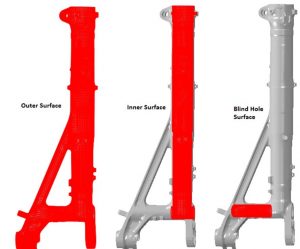
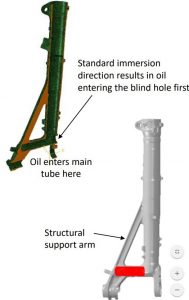

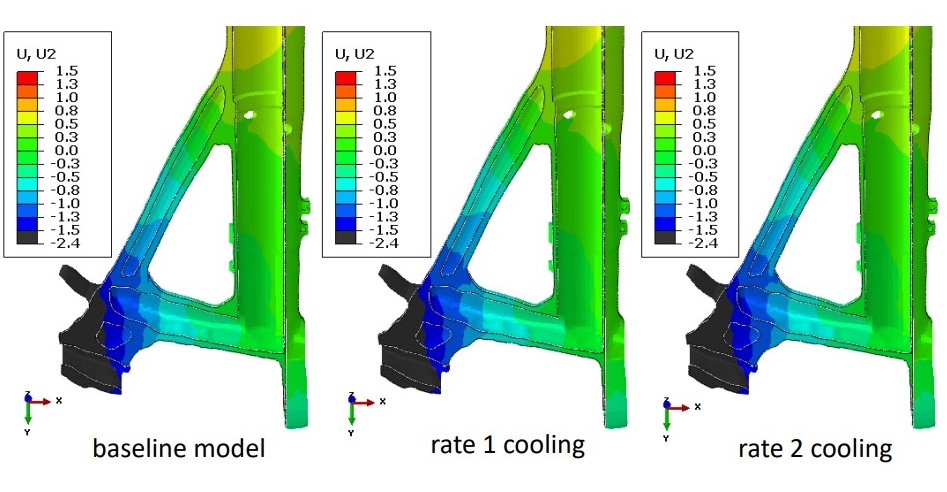
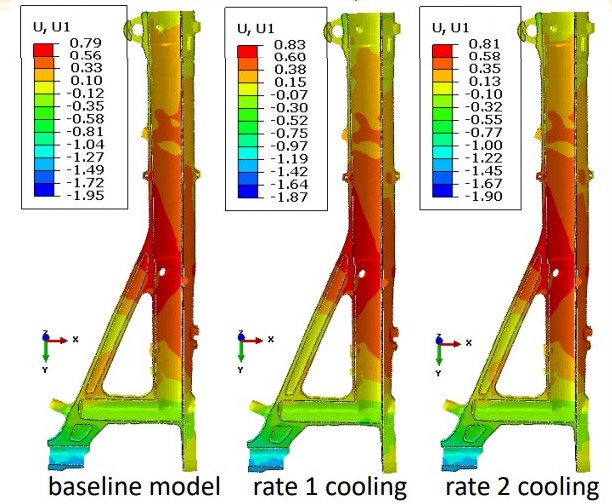
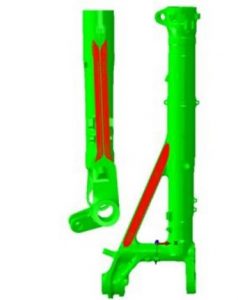
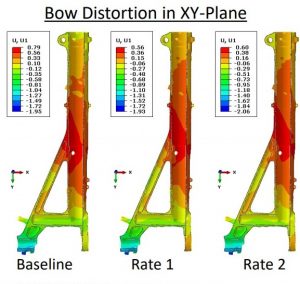
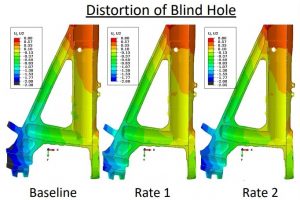
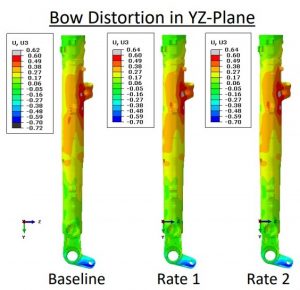

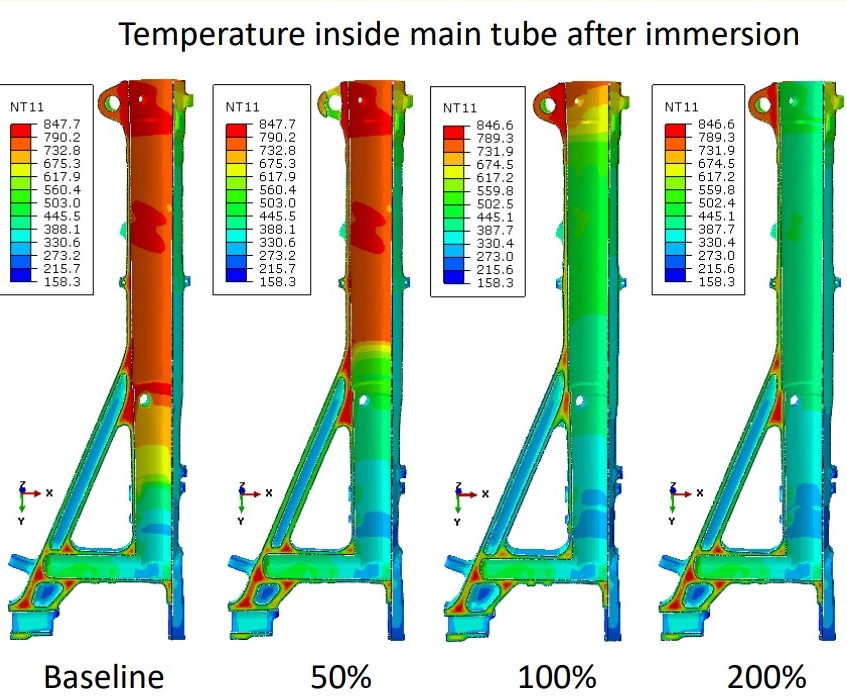
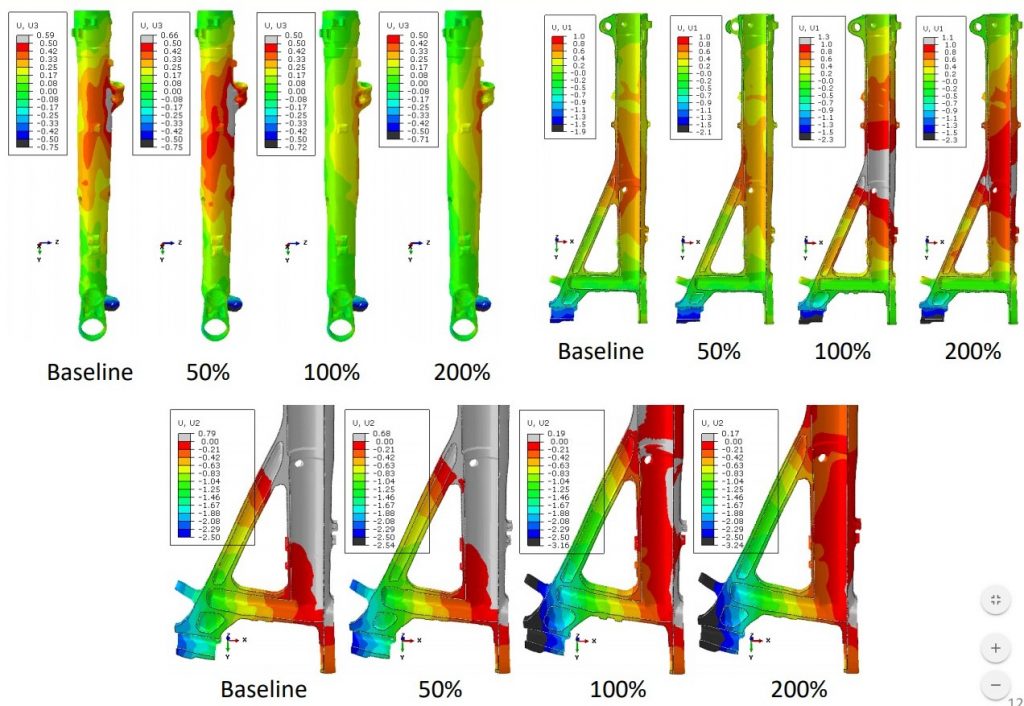 From top left clockwise
From top left clockwise